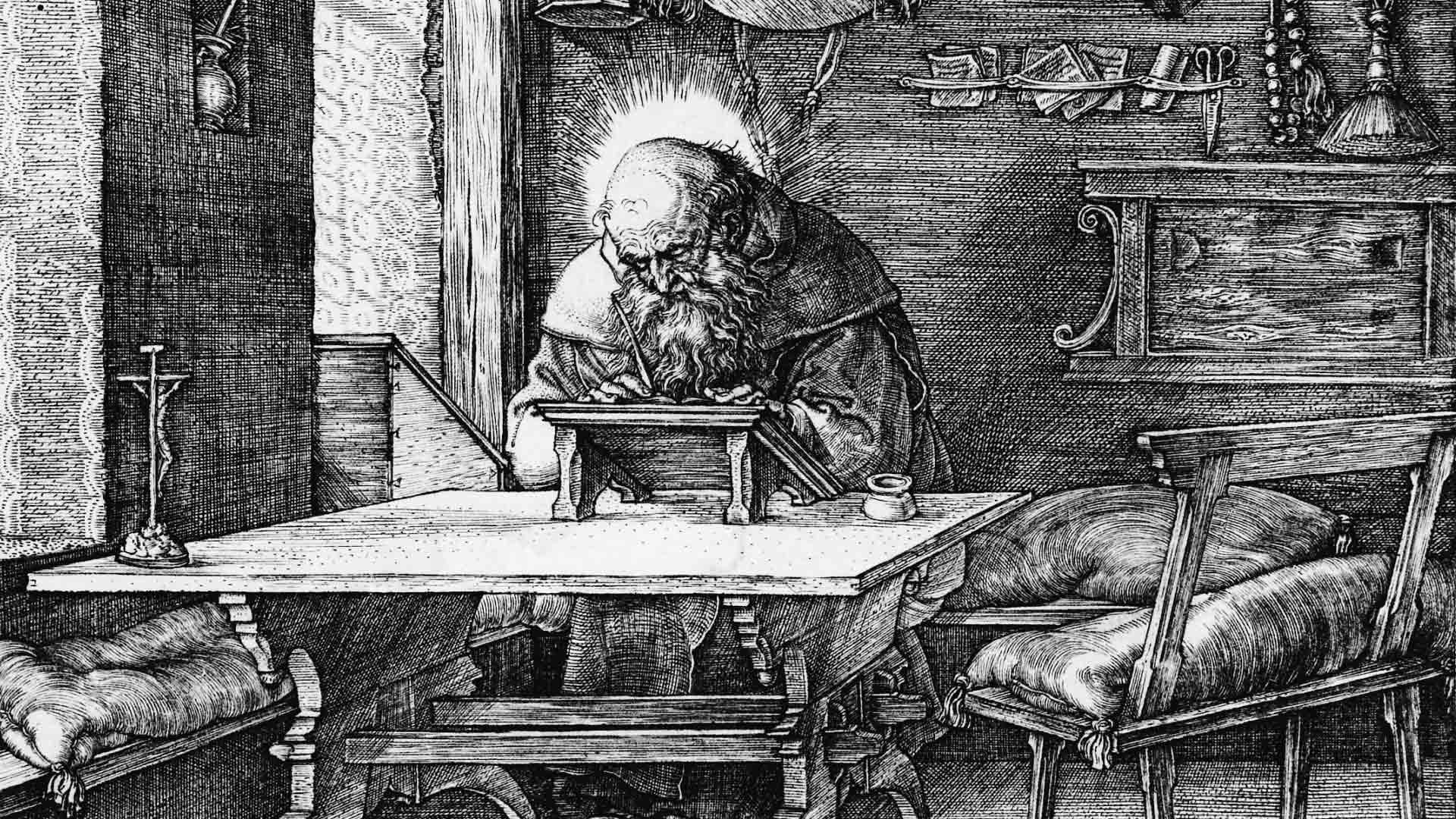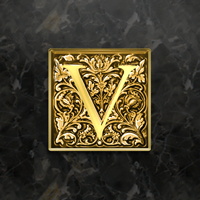See highlights and high-quality resources for advanced investigations.
Line
(an element of visual art and design) is defined by a point moving in space.
Lines can be vertical, horizontal, diagonal or curved...any width or texture,
...continuous, implied, or broken... horizontal and zigzagged.
Different lines create different moods...
—
 Line at
oogle Arts & Culture
Line at
oogle Arts & Culture


